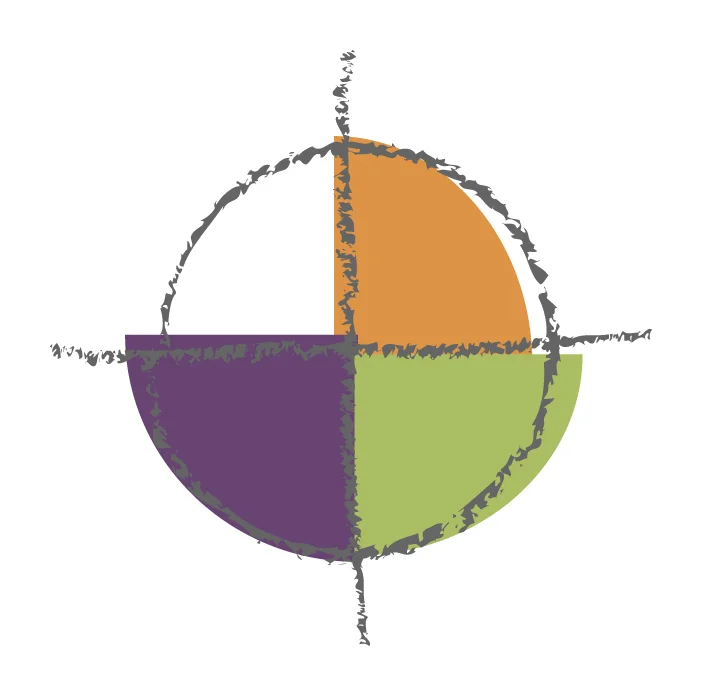Bridging the gap between Farmers and High-Tech
Overview
Skycision provides drone-acquired maps and machine-learned alerts to farmers. Our task was to create a web portal displaying all this information in an easy and familiar way to farmers, who tend to be reluctant to embrace new technology.
Team & Duration
Stephen Greene, Stephen Patkay and I worked on the UX design of Skycision’s client web portal for three weeks, from interviews with farmers in Napa Valley to designing a prototype. This was the last project in our UX Design intensive course at General Assembly SF, our first experience working with a real client.
Tools & Methods
- User research and interviews
- Story map
- Insights
- Information architecture
- Ideation and sketching
- User interface
- Wireframes
- Illustrator
- Feedback
- Prototype
The Problem
Ground Truth and High Tech
Skycision targets farm managers and farmers. While the former use computers and modern tools regularly in their businesses, the latter may have some difficulty navigating the high tech world. There are many reasons for this: a generation gap, remote locations, the inability to add training to an already busy and hard work day, among others.
Our challenge was to make the onboarding process and daily use of Skycision’s website as simple and intuitive as possible: farmers need to successfully bound their farms, set up regular drone flights over their fields, and access and analyze the aerial images processed by Skycision. Furthermore, farmers must engage in a continuous circle of data exchange: they must label the posted alerts and add their own farm benchmarks to get more accurate alerts and predictions from Skycision. By increasing their yield, farmers profit and improve productivity, while Skycision’s machine-learning software improves its effectiveness for generating them more business.
Solution Overview
Familiarity Bridges Content
After researching similar and related services, and conducting user and expert interviews, we had the insight to use the aerial images themselves as a miniature image of their farm, to work as a connection between farmers and high-technology: as they log in to their Skycision account, the first thing they see is a bird’s-eye view of their farm. The familiar plot of land orients the farmer into a comfortable position to help them feel confident to interact with “unknown, complicated” high-tech tools.
Process
In the field
Skycision put us in touch with some of their distributors and farm managers on the East coast. We also interviewed local farmers here on the West coast, geological imaging experts, agronomers, winemakers, and others to understand the habits and needs of farmers.
We learned that indeed farmers are a little reserved towards technology. Some of them will one day be replaced by tech-friendly younger generations; others work very long days to afford investing in and learning new tech equipment. However they do make use of technology when they see its value. “Boots on the ground”, that is, going to the field and checking crops in person, is still the tried and true way a farmer runs their farm. So our challenge was to make technology partner with their daily processes, and not replace them.
Insights from interviews:
- Farmers value imaging technology, but most of the time they do not know how to interpret NDVI or other maps.
- Farmers will not make decisions based on technology or external information alone — they must (and should) investigate problems in loco, to confirm any threats, to collect samples for further testing, or to direct workers to action.
- There’s already widespread use of mobile phones in farm management, but most used by workers are not smartphones.
- Farmers are more concerned with events/activities (planting, spraying, pruning, harvesting) than with calendar dates. Information is more effective if tied to a phenological event.
- Calibration of camera is crucial for image/map comparison; by themselves they're not very useful for this kind of user.
- Aerial high-def photos can be extremely helpful for crop counting and investigation, so this venue should be explored by Skycision.
A story map was used to explain the full cycle of a farme's usage of Skycision services.
Solution
During onboarding and all through a complete session, farmers will interact through the use of an aerial view of their farm. They will bound their farms and fields, schedule drone flights, review alerts and provide feedback, compare images from different times to visually see changes in their lands, and all these actions will be done by clicking on the familiar map.
Weather and farm benchmarking will be accessed via regular windows, but with an interface that's easy to read and respond to.
Wireframe of main screen. An aerial view of the farm and a simple menu on the left encourage a farmer to use the service.
When a map is not needed, windows will have a very simplified interface to make it easy for the farmer to provide feedback to Skycision.
Deliverables
Wireframes, prototype, and our research report.
Results & Reflections
Skycision was on board with the project and we were invited to continue its development. We'll create detailed wireframes and prototypes together with their development team in the next few months.
Next steps will be :
- Build out more prototype features, ex. onboarding
- Usability testing on existing prototype and feedback from stakeholders
- Develop the distributor portal
- Higher fidelity prototype
- Responsive design for mobile app




